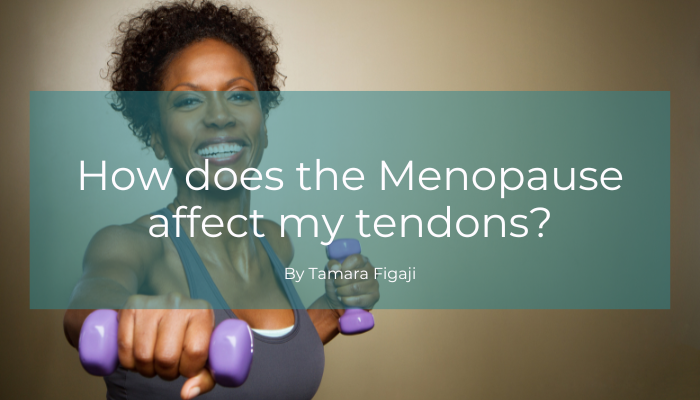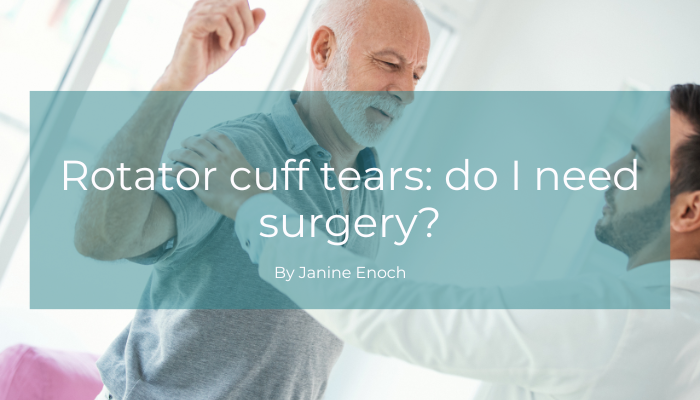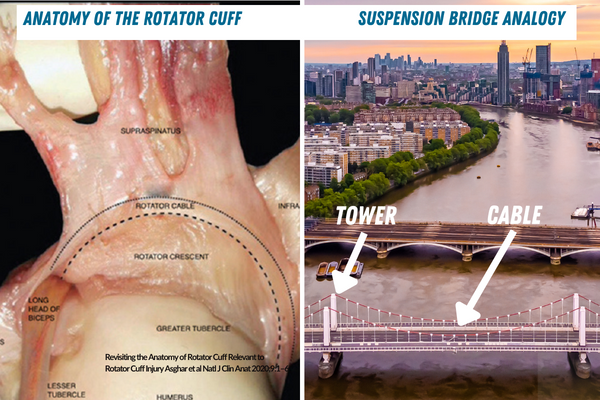The Menopause and how is can affect your tendons

A patient well-known to me, came in a few weeks ago complaining of ongoing Achilles pain. She couldn’t remember any single trauma or injury, but rather a slowly increasing level of pain and dysfunction. I’ve treated her for various sporting injuries over the years. I knew her exercise and training routine well and previously helped shape her training plan. This injury was puzzling though, given there was no clear mechanism injury, the only thing that had changed was the fact that she had started to experience hot flushes. She recently saw her GP to discuss the menopause. At no point did she ever think that her Achilles tendon pain may have also been linked to the menopause.
What is Menopause?
The menopause is a normal and natural part of a woman’s life when she stops having periods. It normally occurs between the ages of 45-55 but can happen either naturally or for medical reasons following the removal of ovaries or with certain types of treatment. The ovaries no longer release an egg every month and oestrogen levels start to decline,
The word ‘menopause’ literally means the ‘end of monthly cycles’ (the end of monthly periods or menstruation), from the Greek word “pausis” (‘pause’) and “mēn” (‘month’).
In most cases, the menopause transition begins in a woman’s mid-to-late 40s (perimenopause) but it’s important to know that some women begin the transition earlier and others later. The average age for a woman to reach the menopause in the UK is 51. Around 5% of women will go through early menopause, between the age of 40-45, and 1% under the age of 40. An ovarian insufficiency known as POI is the result of premature ovulation.
It is possible for women to experience some symptoms, all the symptoms, or a combination of them. In 2019 Currie & Moger conducted a survey amongst 1000 women experiencing menopause symptoms. They were aged between 45 and 65 years and said that they experienced: Night sweats, problems sleeping/insomnia, change to flow/frequency of periods, mood changes, weight gain, low energy levels, problems with memory/concentration, loss of sex drive, vaginal dryness, increased urinary frequency/urgency, headaches palpitations, pain during sex.
Interestingly 38% of women had joint and tendon issues and pain associated with these.
How does declining oestrogen affect tendons?
Tendons connect muscle to bone. During a muscle contraction, tendons withstand tension, transmit forces and store energy. Tendons are comprised mostly of a protein called collagen. Collagen is both flexible and strong and resistant to damage. The fibres arrange themselves in bundles which helps make them even stronger as a unit. Oestrogen is an important controller of collagen metabolism. Mechanically, it acts to decrease tendon stiffness, and as a result, protects the attached muscle from injury.
When oestrogen levels decline, however, this negatively affects tendon metabolism and healing, reducing the rate of turnover of collagen. Consequently, this reduction in oestrogen causes a decrease in tensile strength (tension under load), a decrease in collagen synthesis, fibre diameter, density, and increased degradation of tendon tissue.
Tendons become increasingly stiff after menopause, and since they are attached to bones, they can be injured. Tendons have less compliance, so they do not respond as quickly to the demands of the muscles that they are attached to. This means that women experiencing menopause are more at risk of injury to tendons.

For more expert advice, book to see Tamara here: https://www.vitality-physio.co.uk/book-an-appointment-online/





